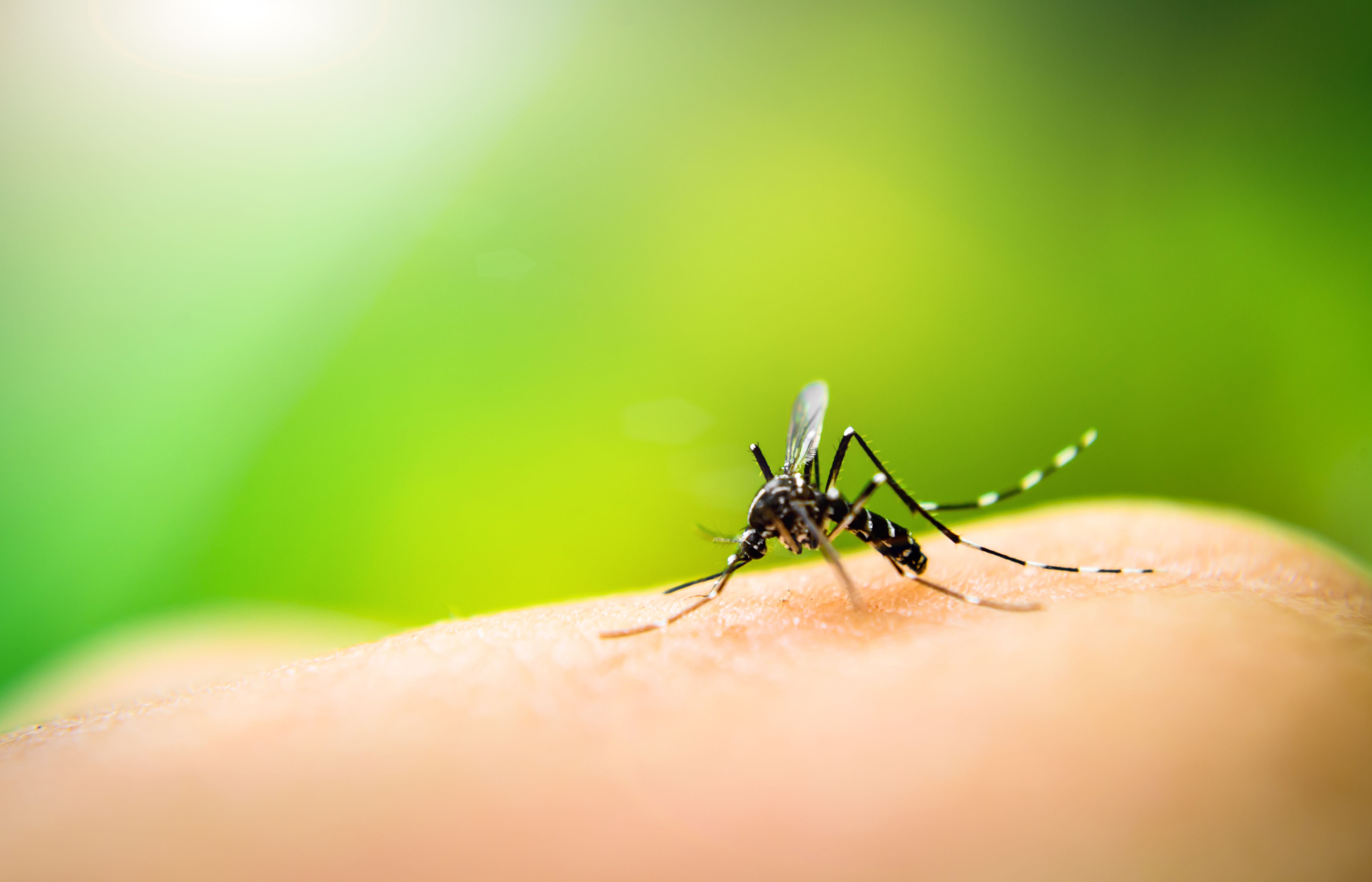News
Article
Climate Change Increases Rate of Infectious Diseases, Expert Says
Author(s):
Speaker Monica Diaz describes the detrimental impact climate change has on the transmission and increases in infectious disease cases.
Image credit: auimeesri | stock.adobe.com

The need for health-focused climate action is essential, said Monica M. Diaz, MD, MS, co-director, Global Health Neurology Elective Rotation, vice chair, American Academic of Neurology, Global Health Section, during a presentation at the American Academy of Neurology 2024 Annual Meeting in Denver, Colorado. As climate change continues to progress, Diaz noted that this can influence the frequency of neurologic diseases within this context.
According to Diaz, both newly emerging and re-emerging infections—infections that were previously known and identified in new geographic areas—have been increasing worldwide since the late 1980s. These infections (eg, measles, Ebola virus, Zika virus, and COVID-19) can often be associated with a high mortality because they expose human patients to pathogens that they were not previously exposed to. Most notably, Lyme disease cases—which was predominantly a Northeast infection—have nearly doubled since 1991, according to Diaz, and that is because of the increase in the disease’s geographic range. As the temperatures rise, ticks can reproduce and travel to other regions of the US—such as the Midwest—while shorter winters don’t effectively kill the insects.
Additionally, climate migration will affect people by removing them from their homes and forcing them to relocate. Diaz said that, according to The World Bank, it is expected that as many as 143 million people may be affected by climate migration by the year 2050, most notably in areas that are more susceptible to the changing climate (eg, Sub-Saharan Africa and Southeast Asia).
Similarly, malaria death rates in Sub-Saharan Africa are often the highest, according to a 2021 study cited by Diaz. She highlighted that this region is 1 that is impacted most by climate change, and over time, mosquitoes have adjusted to the changes in temperature. In addition, they have adapted to pesticides and thrive in areas with stagnant water; however, Diaz reported some promising findings from malaria vaccine trials taking place in Sub-Saharan Africa.
“One example [of higher malaria death rates] is in 2022, there was a large flood that affected Pakistan and there was a 5-time increase in malaria incidents in that year compared to the prior year. [Further,] in summer 2023, there were new cases of malaria that were detected in Texas and Florida, [which] was the first time that had been detected in the past 20 years,” noted Diaz in the session.
Urbanization also plays a role in the increase of infectious diseases, noted Diaz, because population density increases result in increased contact between people, therefore, leading to the spread of diseases. Diaz also highlighted that the adaptability of microbes and their stronger antibiotic and antiviral resistance contributes to the spreading of diseases. Further, because of urbanization, humans are coming more into contact with wildlife reservoirs, including mosquitoes, ticks, and some rodents. The changing climate has a significant influence on infectious diseases, noting that when there are milder winters and warmer summers, it is easier for disease-carrying animals and insects to reproduce.
“One example is…back in 2012, there was an abnormally hot summer and mild winter in Texas, and this led to a West Nile virus outbreak that caused 286 deaths. This was just one of the first examples in the [United States] where [you can] see how climate change was already affecting infectious disease incidents,” said Diaz during the session.
Diaz also expressed her concern for the melting Arctic permafrost. Although this has existed for approximately 1000 years, the rising temperatures are causing it to thaw and leaving humans exposed to viruses and pathogens our immune systems are unfamiliar with.
“We know that there are several—many—viruses and microbes that are held within this permafrost, and as [it is] thawing, this could release new megaviruses and pathogens that humans have never been exposed to before, [potentially setting] up the stage for the next pandemic,” said Diaz during the session.
Finally, Diaz also emphasized the need for increased preparedness and response measures. The number of infectious disease cases can be offset by improving the surveillance of the new emerging and re-emerging diseases, ecological defenses, and continuing vaccination programs where applicable. She also noted that malaria may be the disease that health care workers and patients should be the most cognizant of due to its ability to progress into cerebral malaria.
“[The significance of the climate’s impact on infectious diseases are] hard to predict, and it's also hard to define what makes [this] important: is it the level of mortality that's associated with the infection, or [is it] morbidity?” said Diaz at the session’s conclusion. “But, as I [previously] highlighted, a lot of these infections are changing as time goes on and as global temperatures increase, so it's hard to just pick 1 [disease that is particularly significant], but if you had to…I would say—probably—malaria is a very deadly [disease], if it turns into cerebral malaria.”
Reference
Diaz, Monica. Climate Change and Brain Health: What Do We Know and What Can We Do? — Effects of Climate Change on Neurologic Infectious Diseases. Presented at: American Academy of Neurology 2024 Annual Meeting; Denver, Colorado. April 13-18, 2024.
Newsletter
Stay informed on drug updates, treatment guidelines, and pharmacy practice trends—subscribe to Pharmacy Times for weekly clinical insights.





